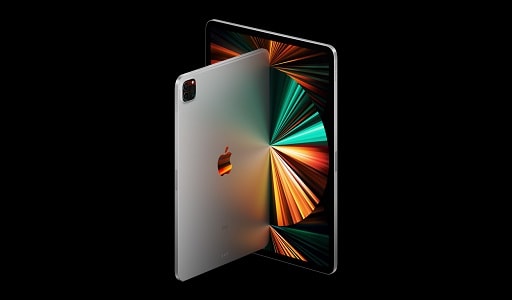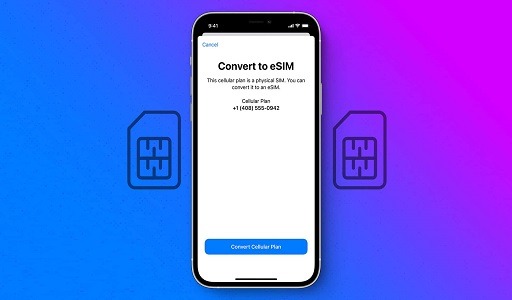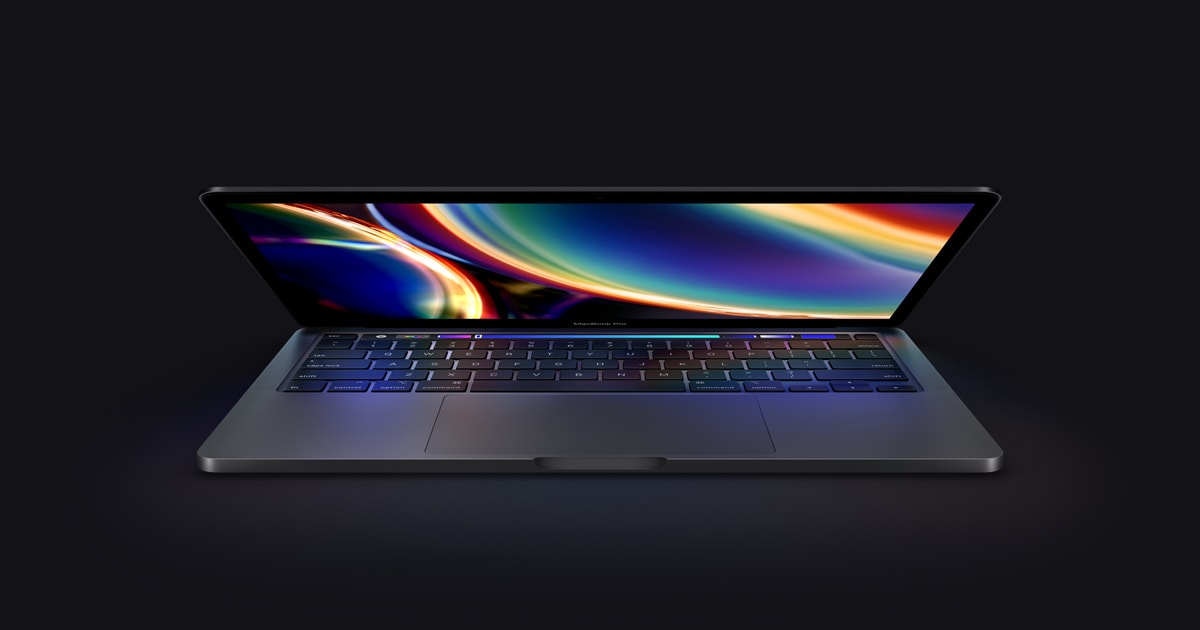What is a Liquid Retina XDR Display: The displays used by Apple have seen significant evolution throughout the course of their history, particularly after the release of the iPhone X in 2017. The 12.9-inch iPad Pro was also the first iPad to use what Apple refers to as a Liquid Retina XDR display when it was released in 2021.
But could you perhaps explain the Liquid Retina XDR display in more detail? Is it an improvement over the OLED panels that are seen in recent iPhones? And what is the distinction between the brand names Liquid Retina XDR and Super Retina XDR? This section will address it.

What is a Liquid Retina XDR Display
There is no hiding the fact that the majority of Apple’s marketing is of the highest caliber. Its marketing even extends to what it calls the technology that it incorporates into its products, and the Liquid Retina XDR is a great illustration of this.
Since the introduction of the iPhone 4 in 2010, Apple has been using the term “retina display” as its primary marketing term for its displays.
The name “Retina display” comes from the fact that these displays have a pixel density that is so high that the retina in the human eye is unable to see the individual pixels at a normal viewing distance. This is the explanation behind the name.
However, beginning with the iPhone XR, Apple has begun to refer to this display technology as Liquid Retina. Apple uses the phrase “Liquid Retina” to refer to a Retina LCD display that has thin bezels.
Screens in other Apple products, such as the iPhone SE, that make use of LCD technology yet have wide bezels are referred to as Retina HD displays.
The Liquid Retina displays make use of pixel masking and anti-aliasing in order to achieve those thin bezels, which is what sets them apart from the other displays.
However, Liquid Retina XDR screens are everything we just described, in addition to the addition of enhanced HDR technology for greater contrast ratios and brightness.
Apple refers it this technology as Extreme Dynamic Range (XDR). Additionally, these screens utilize ProMotion adjustable refresh rate technology and mini-LED backlighting for illumination.
Liquid Retina XDR Display Technology and OLED Displays: Which is better
Which display technology, then, is superior: liquid retina XDR or organic light-emitting diode (OLED)? When we contrast a Liquid Retina XDR display with an OLED panel, we see that despite the fact that the former uses tiny LED illumination, OLED displays are able to produce deeper blacks.
This is because the pixels in an OLED display do not need a backlight in order to be turned on or off. The contrast ratios of OLED displays are often better than those of Mini LED screens in most cases.
Nevertheless, Liquid Retina XDR displays are superior to conventional LCD screens since they utilize XDR technology and incorporate mini-LED illumination zones.
In addition to this, they do not suffer from the burn-in problem that OLED screens do. However, XDR is also present on the vast majority of Apple products that now have OLED displays; hence, the same advantages apply to these items in addition to the benefits that OLED panels have over tiny LED.
There is a good reason why the majority of modern smartphones no longer use LCD displays. Nevertheless, Liquid Retina XDR displays are not to be taken lightly, and tiny LED is an excellent display technology for screens of a more substantial size.
For instance, the screens on the high-end MacBook Pro, which are known as Liquid Retina XDR displays, have garnered accolades from the overwhelming majority of reviewers.
Which display resolution is better: Liquid Retina XDR or Super Retina XDR?
You might be curious about the meaning of the term “Super Retina XDR Display” in the context of Apple. In its most basic form, a Super Retina XDR display is nothing more than a bespoke OLED panel that makes use of XDR technology.
Display-wise, an ordinary OLED screen and one of Apple’s Super Retina XDR displays are completely interchangeable with one another.
The primary distinction between Liquid Retina XDR displays and Super Retina XDR displays is the type of backlighting technology used. Liquid Retina XDR displays make use of mini-LED backlighting technology, whilst Super Retina XDR displays make use of OLED.
The contrast ratio and color saturation of smartphones with Super Retina XDR displays are higher than those of conventional OLED panels; nevertheless, this does not mean that Liquid Retina XDR screens are incapable of competing in this regard.
The XDR technology enables the screens on the most high-end MacBook Pros and the iPad Pro with a 12.9-inch screen to have a contrast ratio of 1,000,000:1 and great brightness levels. Both of these features are standard on these products.
Both of these display technologies are wonderful in their own right. Despite the fact that tiny LED and XDR have made LCDs a more tempting option, Super Retina XDR displays still have the advantage over Liquid Retina XDR displays. These displays feature superior colors, brightness, and unsurpassed black levels.
Which Apple products come with an XDR Liquid Retina display?
Due to the fact that Apple uses a variety of displays across its product line, it might be difficult to determine whether or not a particular product features a Liquid Retina XDR display.
The 12.9-inch iPad Pro (2021 and 2022 models) as well as the 14-inch and 16-inch MacBook Pros both feature displays that are capable of displaying liquid retina high dynamic range imagery (XDR). Consequently, if you are interested in the mini LED technology, you will need to select one of these devices.
There is not a version of the iPhone available right now that has a Liquid Retina XDR display. Except for the iPhone SE, all recent iPhones use a display that is referred to as Super Retina XDR.
Liquid Retina XDR Display from Apple
Apple continues to put its own twist on its displays in an effort to make them seem special to people who might be interested in purchasing them.
The Liquid Retina XDR display is essentially a high-quality LCD with mini-LED backlighting and XDR technology. This is the display’s defining characteristic. No matter what marketing strategies Apple employs, the differences between LCD and OLED panels are undeniably visible when the two types of screens are compared side by side.
Would you like to read more about Liquid Retina XDR Display-related articles? If so, we invite you to take a look at our other tech topics before you leave!










